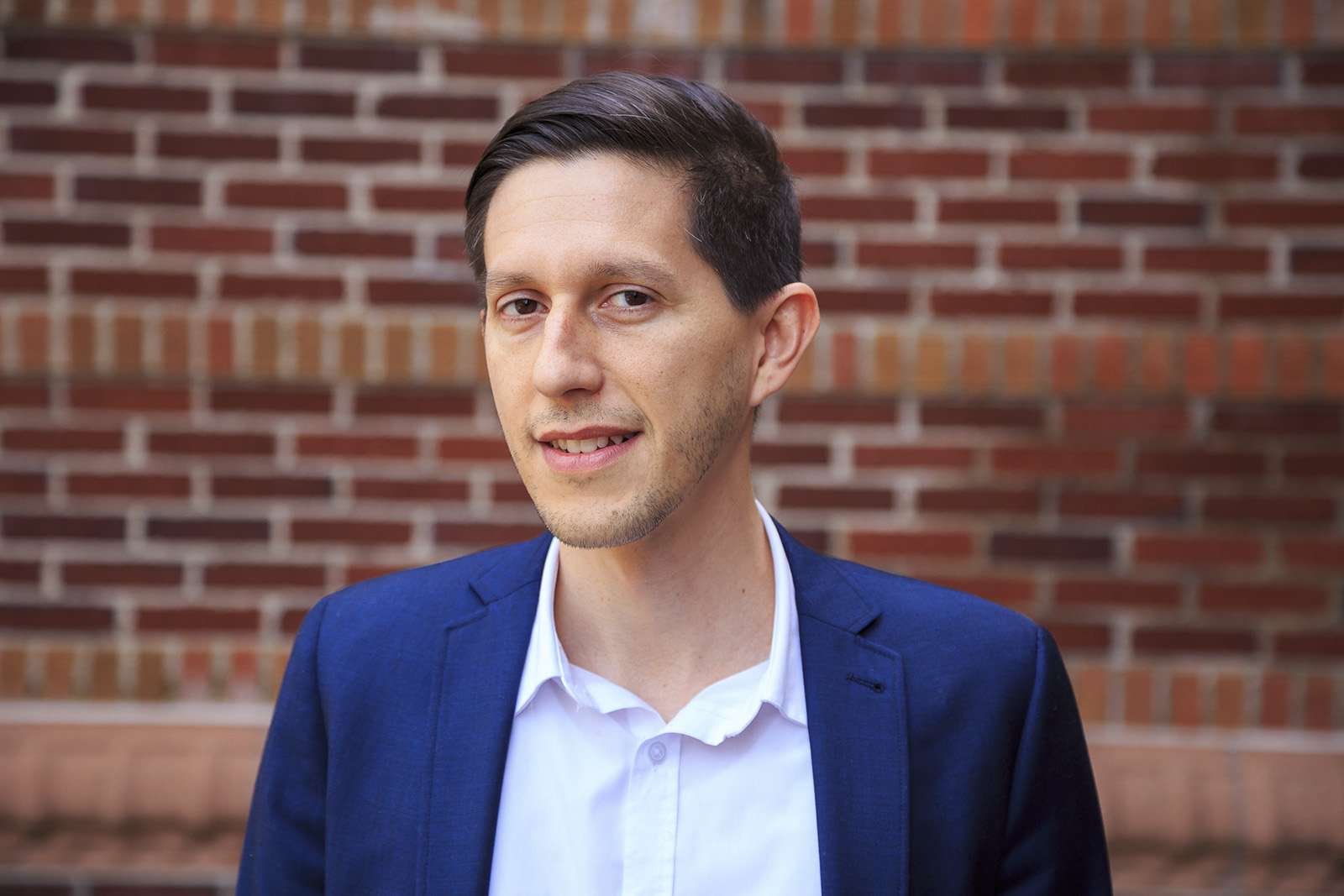Screening series explores continued impact of runaway productions on Hollywood

Daniel Steinhart, assistant professor of cinema studies at the University of Oregon, curated the UCLA Film & Television Archive’s current screening series, which considers how globalization changed the film industry following World War II. (Courtesy of Joshua Rainey)
"Runaway Hollywood: Global Production in the Postwar World"
July 19, 2019 - August 24, 2019
Billy Wilder Theater
Free for students
By Hannah Ferguson
July 21, 2019 10:00 p.m.
Before World War II, most American films were created in Los Angeles.
But following the war, Daniel Steinhart said it was cheaper to film overseas than in Hollywood.
The assistant professor of cinema studies at the University of Oregon curated the UCLA Film & Television Archive’s screening series titled “Runaway Hollywood: Global Production in the Postwar World” at the Billy Wilder Theater through August 24. The event will feature classic films, such as “Roman Holiday” and “Mutiny on the Bounty,” which were handpicked by Steinhart.
The series is based on his book, “Runaway Hollywood: Internationalizing Postwar Production and Location Shooting,” which explores the impacts of runaway productions – post-World War II films shot internationally – that affected both Hollywood and communities abroad.
“The phenomenon of runaway productions seemed like such a major change for Hollywood production (and) it seemed like there was more to say,” Steinhart said. “I’m someone who’s always been interested in Hollywood, and I wanted to take this global perspective to Hollywood.”
[RELATED: Second Take: Boycotting is film industry’s right move to protest Georgia’s ‘heartbeat’ bill]
The expression “runaway production” references a film shot mostly or entirely outside of the United States, using either American directors or stars but relying heavily on the local community to be the film crew and play most of the supporting and background cast, said Janet Bergstrom, a professor emerita and research professor in the UCLA School of Theater, Film and Television. She said Steinhart’s book definitively outlines what constitutes a runaway production, a term coined during the start of the era by labor unions and used among film scholars that was never clearly defined before.
While this definition typically only extends to films shot internationally, Steinhart said runaway films of today’s Hollywood can include those shot in the U.S. but not in Southern California.
Most productions chose to go abroad for financial reasons, such as tax incentives or foreign subsidies, Steinhart said. As a result, jobs that were originally concentrated in Los Angeles were outsourced to other locations around Europe, Asia and Africa.
Bergstrom said these films, like “Mutiny on the Bounty,” which was filmed on the island of Tahiti, are best described as transcultural, as filming abroad impacted both the communities in which they were filmed and Hollywood itself. With the rise of transcultural films, producers began thinking in a global context and distributing movies to international audiences, Steinhart said, but it was not without consequence.
“Productions (need) to think about the impact that they have on crews in other states, or impacts on foreign crews, even thinking about the environmental impacts of production that might be taking advantage of natural resources in locations across the United States or locations abroad,” Steinhart said.
Jobs in Hollywood became scarce as directors took their movies overseas, as films could easily exploit communities abroad. Movies like “Berlin Express” and “Decision Before Dawn” made use of World War II ruins in Germany as a backdrop, capitalizing on the destruction caused by the war, Steinhart said. Similarly, during the filming of “Mutiny on the Bounty” in Tahiti, protestors took to the streets as the production drove up gasoline prices and inflated transportation costs.
“It’s important to remember the cost that can come to local employment if films are going to be shot outside of Southern California,” Steinhart said. “There needs to be incentives and investments in keeping people locally employed and continuing to build infrastructure locally.”
[RELATED: Weekend-long film festival features preservation of classic Hollywood films]
However, while both Hollywood and the communities in which these films were shot faced detrimental repercussions caused by these productions, they also brought the world one step closer to viewers by bringing far-off countries and monuments to the wide screen, said UCLA Film & Television Archive film programmer Paul Malcolm. By incorporating famous landmarks like the Louvre Museum in “Funny Face,” Hollywood directors brought quaint Parisian streets in conjunction to noteworthy buildings to audiences who could recognize them, Malcolm said, adding a level of authenticity.
Steinhart said his event at the Billy Wilder Theater aims to present Hollywood in the context of a postwar history since the benefits and consequences of shooting productions internationally for global audiences continue to be relevant today, with an increased rise of popular filming locations outside Los Angeles in states like Georgia. Looking back at this era, Malcolm said viewers can see the precursors to modern movies like the Marvel and Transformers franchises, which continue to film around the world.
“So many of the issues that arose during the postwar era in terms of global production (are issues) we’re still grappling with today,” Malcolm said.

